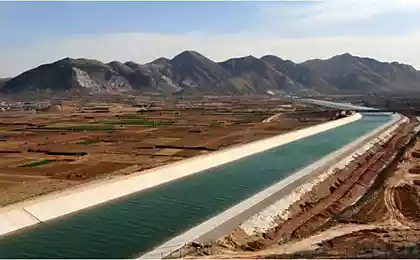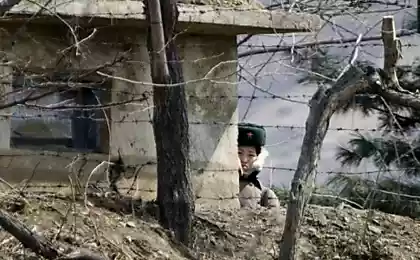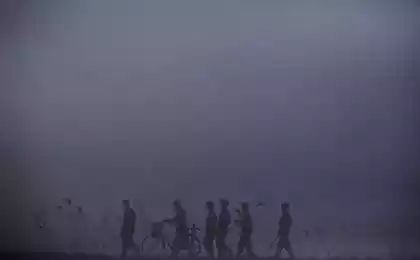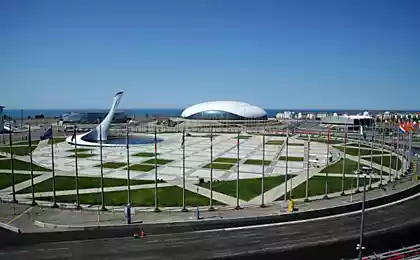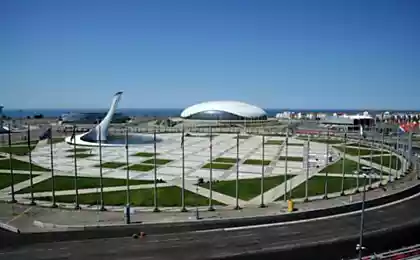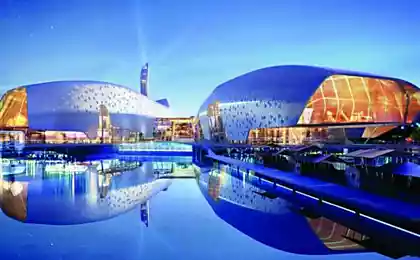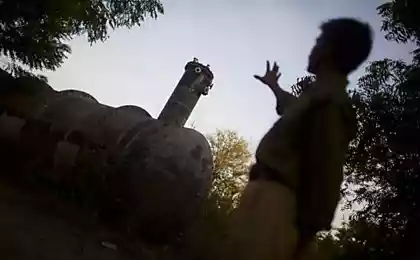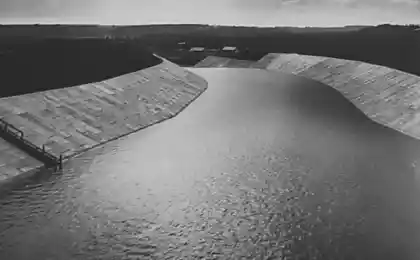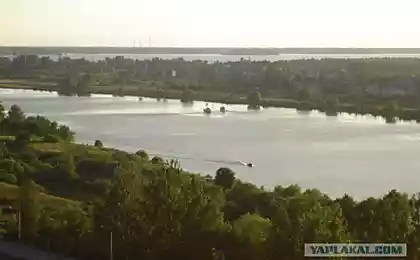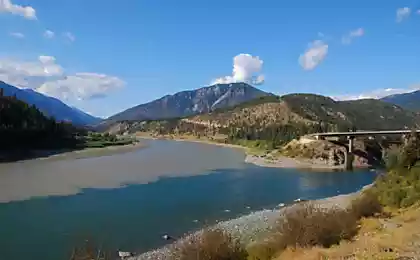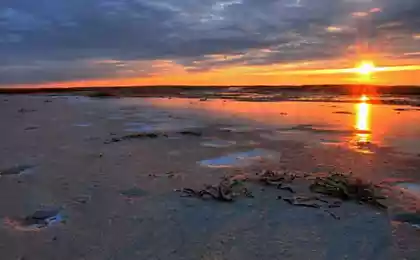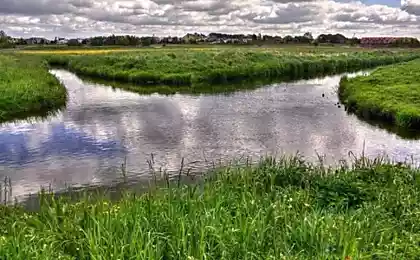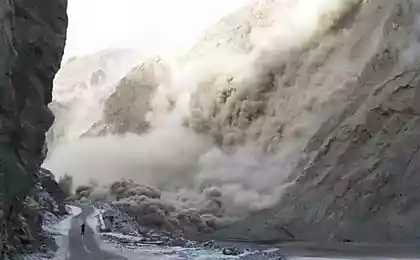563
India launches project to change the channels of major rivers

The Indian government has developed an ambitious plan changes riverbeds with a view to move water from the north and west of the country in the arid regions of the east and south. It is planned to change the riverbed of several large rivers, including the Ganges and the Brahmaputra, as well as to build a system of canals connecting rivers Ken and Betwa, and besides them - river Damanganga and Pindzhal. Environmental activists have expressed their protests, saying their threat that the project brings to the ecology of the country.
Work on the Inter Linking of Rivers Plan (ILR), at the request of the representative of the Ministry of Water Resources, may start from day to day - only expected to conclude by the Ministry of Environment. The project will cost about $ 3 billion and spread over 30 years.
The project is the brainchild of the Prime Minister of India, Narendra Modi Damodardas, who has repeatedly promised to solve the problem of water shortage. He suggests using the transfer riverbeds to solve water shortage problems in densely populated areas, and summer drought. Only in April of this year, 330 million people have experienced varying degrees of deprivation due to a prolonged drought occurred.
India - one of the hottest countries on the planet. Recently in Rajasthan temperature was recorded 51 Celsius - the temperature is the highest for the entire observation period. And under the influence of global warming, the temperature will continue to rise.
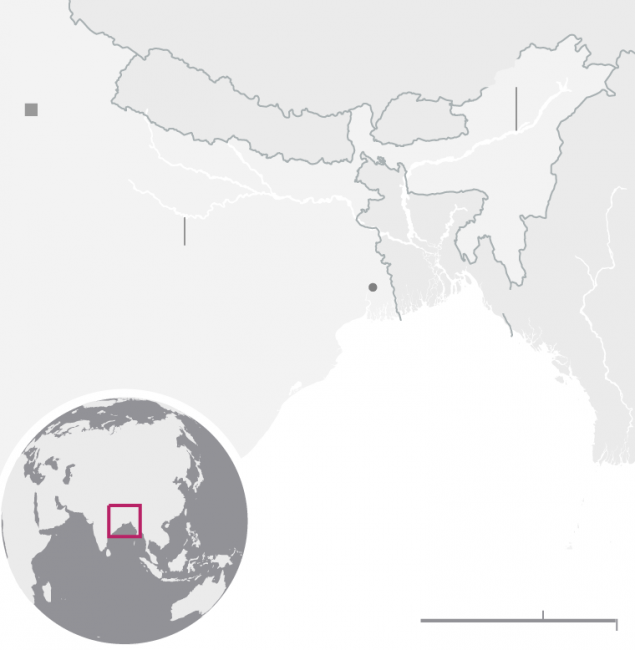
The idea of changing the flow of the rivers is not new, though Modi's office and did a great job on the project planning. Thoughts on the association of the largest waterways in India appeared in the XIX century, when the country was a British colony from drought south-eastern part of the country had already suffered. Ization plan proposed by British engineer Arthur Cotton, the colonizers would enable faster export and import products.
Enough detailed plans were drawn up in 1970 by the developer of dams and irrigation minister Dr KL Rao. Then, in the country a few small projects to a partial transfer of water through the channel was successful, and Rao offered to crank such an operation on a larger scale.
But not everyone likes the project. Dr. Lata Anantha [Latha Anantha] of the River Research Centre claims that it will bring disastrous consequences for the ecology of the country. "The government is trying to alter the entire geography of the country. What will happen to the settlements, wildlife, farmers living downstream? Rivers - is not only a source of water, but also the basis of entire
ecosystems. " The project obtained a controversial not only from the perspective of environmentalists. Dam Mullaperyar, redirecting water from one Indian state to another, was built in the late 19th century and at that time seemed a miracle of engineering - but disputes between the states control over it are still
. In addition, the project will not only affect the people of India. In neighboring Bangladesh, from the waters of the Ganges and Brahmaputra depend on the lives of 100 million people of the rivers, and the Minister of Water Resources of Bangladesh has already appealed to the Government of India with the requirement to take into account their needs. The representative of the Ministry of Water Resources assures that the interests of the inhabitants of the neighboring countries will be taken into account.
Born in the USSR will remember a similar project on the epic - turn Siberian rivers, widely discussed in the years 1960-1970. It was of the greatest engineering and construction projects of the XX century, the aim of which was to redirect part of the Siberian rivers (Irtysh, Ob, Tobol, Ishim and others) in the regions of the country, in dire need of fresh water.
At the same time preparing a grand building canal system and reservoirs, which would throw the water of the rivers of northern part of the West Siberian Plain in the Aral Sea. Thanks to the numerous critical publications specialist project was shelved in 1986.
Source: geektimes.ru/post/276252/
